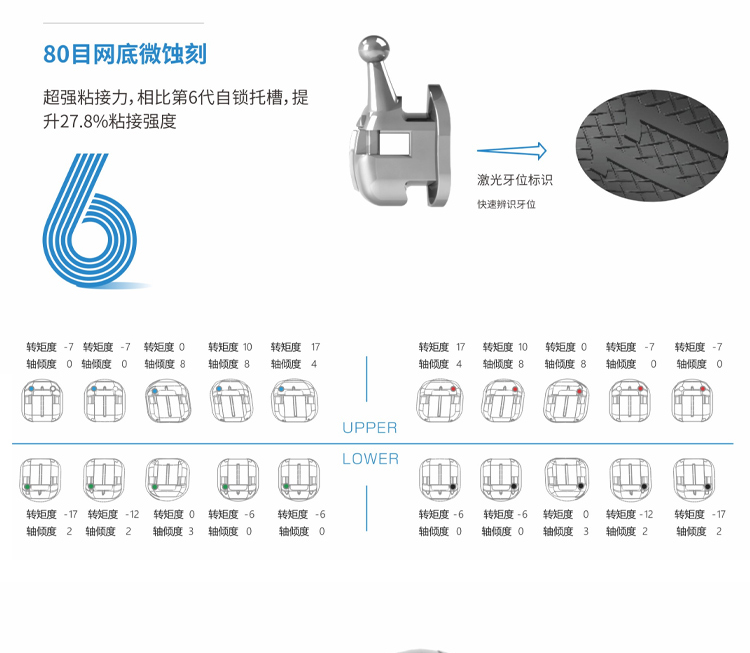dental implants with bone loss cost
Dental implants with bone loss represent a significant investment in oral health, with costs varying based on the complexity of the procedure and the extent of bone loss treatment required. The typical cost ranges from $3,000 to $15,000 per implant when bone loss is involved. This comprehensive procedure includes not only the implant itself but also the necessary bone grafting procedures to create a stable foundation. The process involves advanced imaging technology to assess bone density, specialized surgical techniques for bone regeneration, and the strategic placement of biocompatible titanium implants. Modern bone grafting materials, which may include synthetic options or donor tissue, are used to rebuild the jaw structure. The procedure often requires multiple stages, including initial bone grafting, healing period, implant placement, and final restoration. Treatment duration typically extends from 6 to 12 months, depending on the extent of bone loss and individual healing factors. The cost also covers essential components such as abutments, permanent crowns, and necessary follow-up care to ensure successful integration.


